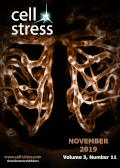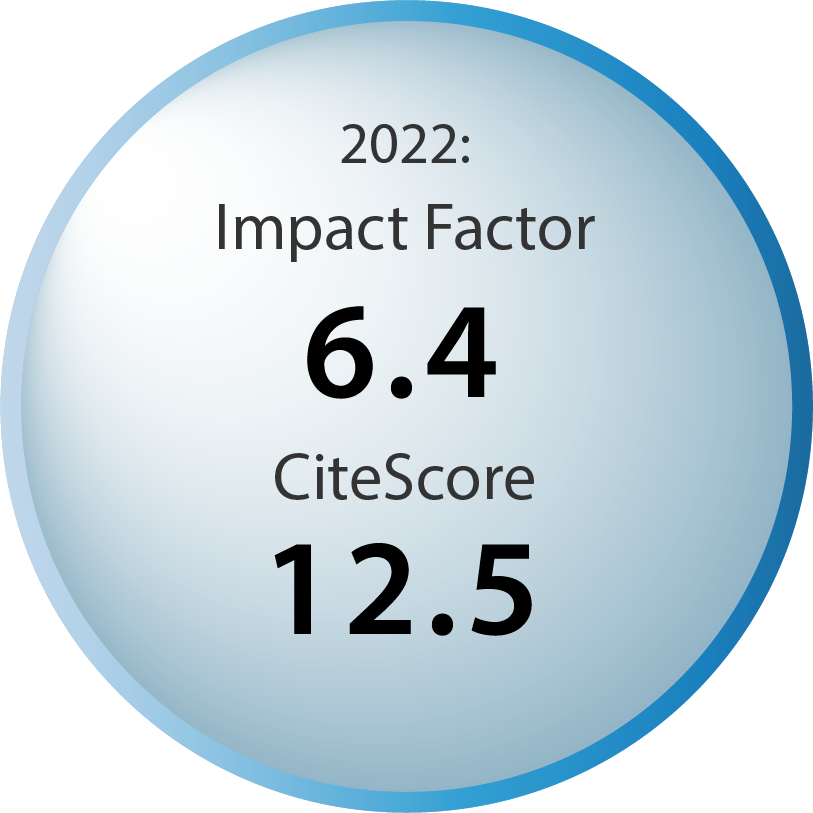Table of contents
Volume 3, Issue 11, pp. 328 - 360, November 2019
LTX-315 – a promising novel antitumor peptide and immunotherapeutic agent
Dagmar Zweytick
News and thoughts | page 328-329 | 10.15698/cst2019.11.202 | Full text | PDF |
The impact of endothelial cell death in the brain and its role after stroke: A systematic review
Marietta Zille, Maulana Ikhsan, Yun Jiang, Josephine Lampe, Jan Wenzel and Markus Schwaninger
Reviews | page 330-347 | 10.15698/cst2019.11.203 | Full text | PDF | Abstract
LTX-315 sequentially promotes lymphocyte-independent and lymphocyte-dependent antitumor effects
Hsin-Wei Liao, Christopher Garris, Christina Pfirschke, Steffen Rickelt, Sean Arlauckas, Marie Siwicki, Rainer H. Kohler, Ralph Weissleder, Vibeke Sundvold-Gjerstad, Baldur Sveinbjørnsson, Øystein Rekdal and Mikael J. Pittet
Research Articles | page 348-360 | 10.15698/cst2019.11.204 | Full text | PDF | Abstract
By continuing to use the site, you agree to the use of cookies. more information
The cookie settings on this website are set to "allow cookies" to give you the best browsing experience possible. If you continue to use this website without changing your cookie settings or you click "Accept" below then you are consenting to this. Please refer to our "privacy statement" and our "terms of use" for further information.



